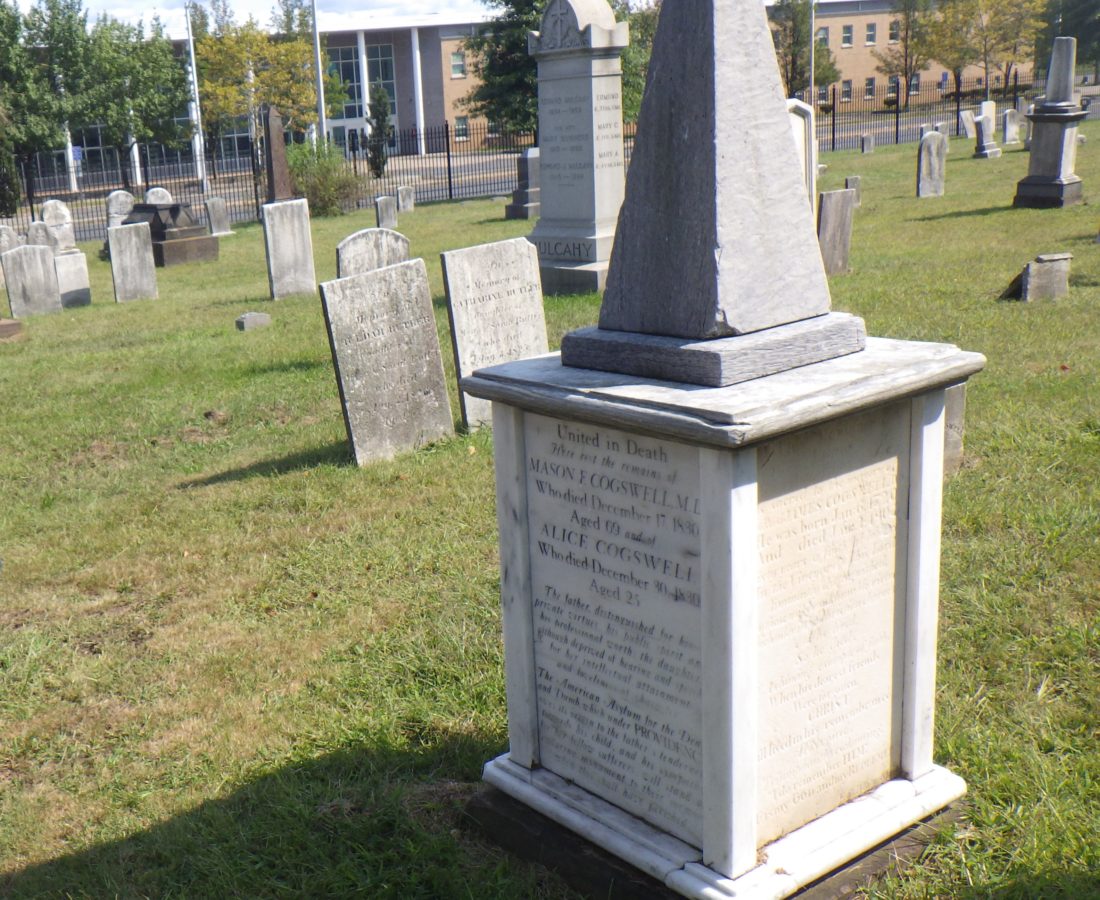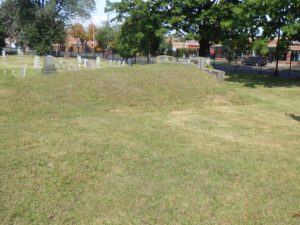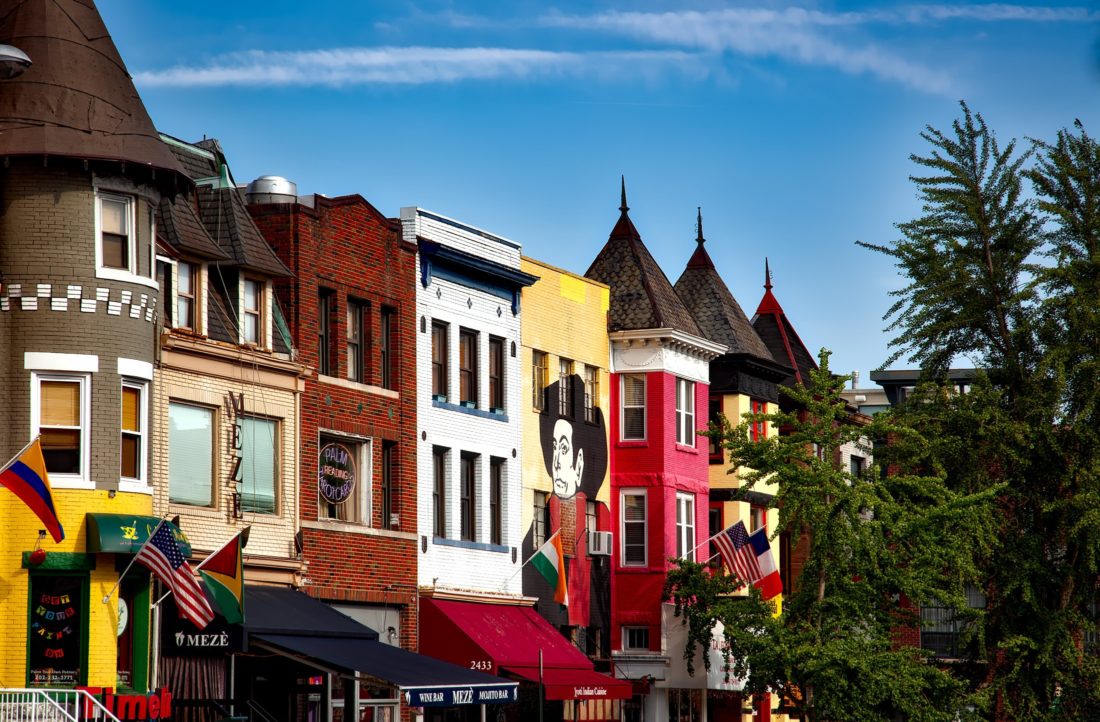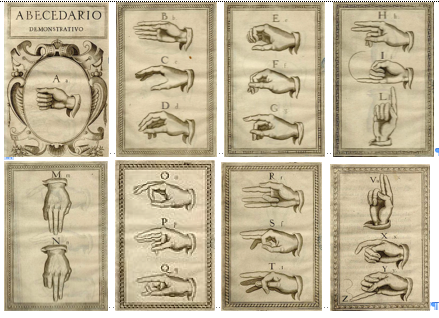Sweaty brows. Heaving chests. Lusty looks. Bodices testing the patience of the local seamstress. Not my bag, but I can’t blame anyone for liking what calls to them.
For as far back as I can remember, Historical Fiction has been my favorite everything (movie, books, et cetera). Historical? I’m there. Not historical? What is it then, some kind of art piece? It’ll never catch on. Even now when I read a contemporary piece I tend to place the setting and characters in the 1950s. That counts, right?
But Historical Romance never caught on with me. Only in adulthood have I realized how much of this genre focuses on romance, to the point of being synonymous in some crowds. I grew up in a conservative home in suburban Utah (I’ll let you fill in the blanks), but every summer I visited my aunt in Las Vegas who is an avid, voracious, insatiable reader of romance novels. She had an entire room of bookshelves brimming with busty ladies and polished abs. My family treated these novels like a shameful family secret, though. My dad called them “smut novels” and we were told never to open their pages or look at the beautiful, glossy covers. While these books (like all books) tantalized me, I followed my religious upbringing and never looked inside, thus perpetuating the shame and derision lobbied on these novels.
Now I’m a very grown-up adult woman of twenty-eight years and, after moving away to the big, sinful city (Salt Lake City), I objectively recognize the value these novels have. Female pleasure and desire is something to be praised and embraced, not ridiculed and mocked. Romance novels serve a needy market, desperate for content.
So why do I find them so boring and repulsive?
I find myself torn over the fate of my beloved genre. There is so much demand for romance, the market for any other historical novel seems niche. I can barely put a kissing scene in my writing, let alone a love scene. As I write, I navigate the baggage from my past telling me any degree of “heat” in a novel makes it sinful and should not be read under any circumstances; yet I recognize there is a constant demand for more kissing. Are my motivations grounded in personal taste or am I reflecting the “smut” ideology of my childhood?
A few months ago, I checked out an audiobook from the local library. A romance audiobook (gasp!) intended for a road trip. It was Georgian (check), about a deaf woman (check), and had lengthy descriptions of every character’s clothes (double check). I turned it off shortly after the prologue due to the gross historical inaccuracies, which were so upsetting they almost caused me to swerve into traffic. The only kissing scene I listened to was not “hot” by any definition–in fact, I found it viscerally disgusting. No, romance is not the genre for me, regardless of my background. Until the romance market balances the “heat” with the history, I cannot be a fan.*
That said, I admire anyone who can read as many novels as my aunt does. Countless numbers of books purchased, read, and stored with gorgeous covers to excite me for their potential, rather than their content.
*Note: If you are aware of a historically accurate (within reason) romance novel, send me a message on Twitter! I’d love to read something that proves me wrong here.






